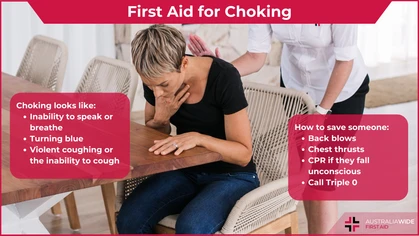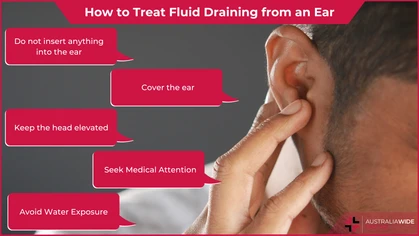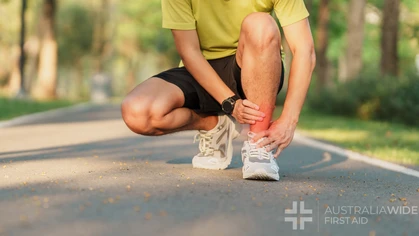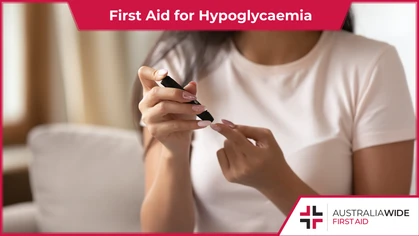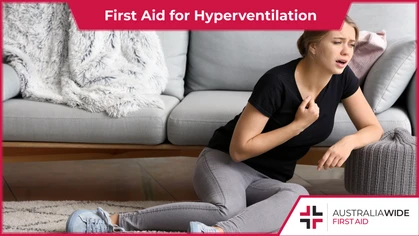5 Tips for Better Sleep and Building Healthy Sleeping Habits

How-To
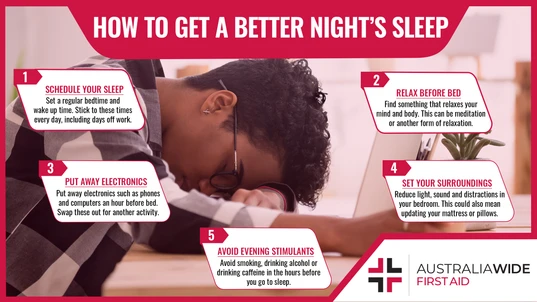
Getting the required amount of sleep is important to our physical and mental wellbeing. By changing a few lifestyle factors, you can drastically improve your quality of sleep. This can include setting yourself a bedtime schedule and pre-bedtime routine.
Sleep is essential to our physical and mental health, but so many people find themselves deprived of quality sleep and constantly tired throughout the day. You may not be able to control all of the factors that get in the way of your sleep, but you can build healthier sleeping habits. Remember, it's not all or nothing when it comes to changing habits, and you can start with a few simple tips for better sleep and see what works for you.1. Stick to a Regular Sleep and Wake Up Time, Every Day
Our brains like routine. If you can go to bed and wake up at the same time every day, your brain will pick up on this. After a little while, your body clock should follow and set itself back into rhythm. Most adults need 7 to 8 hours of sleep every night. Ideally, you want to set aside 8 hours for sleep. You don't want to undersleep, but you also don't want to oversleep. The easiest way to figure out your sleeping hours is to choose your wake up time based on work, study and other commitments. Then, you can work backwards by 8 hours to identify your target bedtime. And if you can, allow an extra 30 minutes to 1 hour before bedtime to wind down for the night. Life can get busy, but making time for regular sleep is non-negotiable for both physical and mental health. While it can be tempting to have late nights or sleep-ins on your days off, this can disrupt the hard work you've put into your body clock. To see the best results, you want to keep your same sleep and wake up time every day. Habits don't usually change overnight, so make small adjustments and figure out what works for you.2. Create a Comfortable Sleeping Environment
If your bed and bedroom are comfortable, you'll likely have an easier time falling asleep. You can focus on making small changes to create a more sleep-inducing environment in your room. The key is to keep your room cool, dark and quiet. You also want comfortable bedding that will feel cosy and support your body while you are sleeping. This will vary between people, but you want to sleep in a room that is at a cool temperature. You don't want to be so hot or cold that your body can't focus on relaxing to sleep. Some tips here are:- Use a fan or another cooling device if your room is too warm
- Close your windows or use more blankets if your room is too cold
- Wear comfortable pyjamas suitable to the weather
- Use blackout curtains or blinds
- Use a sleep mask over your eyes
- Cover flashing lights from screens or devices
- Talk to household members about noise limits
- Use comfortable earplugs
- Use a fan or white noise machine to drown out other noises
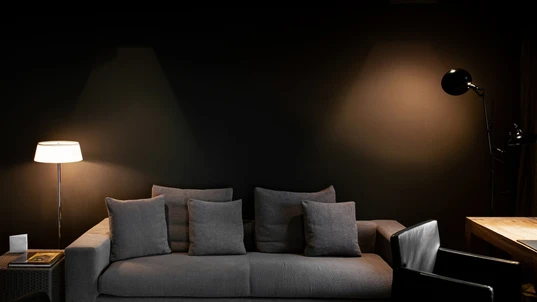
In the 30 to 60 minutes before you go to bed, it is important to let your body know that it no longer needs to be primed for action. Set yourself a pre-bedtime routine that relaxes you. This can include turning off electronics and reading a book.
3. Have a Pre Bedtime Routine to Wind Down
In the 30 to 60 minutes before you go to sleep, you want to wind down and let your brain know it's done for the day. Poor habits before bed significantly contribute to more severe sleeping problems for many people. Although it's not always possible to do this every day, try to set this time aside as much as you can. During your pre-bedtime routine, a few things you can do to foster relaxation and wind down include:- Turn off electronics
- Lower room lights
- Take a relaxing bath
- Read a book
- Do mindfulness meditation
- Listen to soothing music
- Do low impact stretches
- Light a candle or aromatherapy diffuser
4. Foster Good Sleeping Habits During the Day
On top of building good sleep habits at night, there are things you can do during the day to encourage better sleep. Three main ways to foster better sleep habits during the day are exercising, getting some light, and reducing daytime naps. Regular exercise has many physical and mental health benefits, but it's also beneficial to higher quality sleep. Find time to move throughout the day. It doesn't have to be a huge workout. Just make sure not to exercise too late in the evening. Our internal body clocks are regulated by light exposure, and sunlight has the most substantial effect. Getting a dose of daylight, especially early in the day, is the best for normalising your body's circadian rhythm. Find time to open up your windows or step outside for some rays. Try to avoid napping later in the day. While many of us like to take naps, these can interfere with our body clock and disrupt deeper nighttime sleep. If a daytime nap is necessary, keep your rest to around 20 minutes and less than an hour.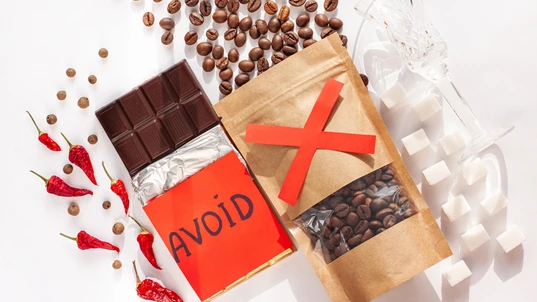
If you ingest caffeine, alcohol, or cigarette smoke right before bed, you may reduce the quality of your sleep. For instance, caffeine increases the activity in your brain and nervous system, which can make it difficult for you to fall asleep.
5. Avoid Caffeine, Alcohol and Smoking Before Bed
Drinking caffeine, alcohol and smoking in the hours before bedtime can significantly impact your ability to fall and stay asleep. If you can, try avoiding things like coffee for the second half of the day if you don't need them. Caffeinated drinks, such as coffee, tea and soft drinks, are in most Australian households and are a staple in many people's diets. However, they can significantly impact the body's ability to self-regulate its sleep cycle and rhythms. Many people want the quick jolt of energy from caffeinated drinks to battle their daytime sleepiness and brain fogginess. But this approach isn't sustainable and can lead to long-term sleep deprivation over time. Keep an eye on your caffeine intake, and avoid it later in the day when it could become a barrier to falling asleep. You could try decaf coffee or herbal teas if you still want a warm beverage before bedtime. Some herbal teas have soothing ingredients specifically to help you sleep. Alcohol can often induce drowsiness, which is why some people like to have a drink before they go to bed. Unfortunately, while it may cause initial drowsiness, alcohol affects the brain in many other ways that can lower sleep quality. You might be able to fall asleep a little bit easier, but alcohol will impact the quality of your sleep. This means you're likely to wake up feeling tired and drowsy the following day anyway. Implementing other habits for better sleep can help you fall asleep faster and more sustainably than drinking alcohol. You might like to try some of the tips above, such as changing your environment and setting routines. Additionally, avoid smoking in the late evening, including exposure to secondhand smoke. Cigarettes and other forms of smoking have been associated with various sleeping problems such as difficulty falling asleep and fragmented sleep patterns.What if You Are Constantly Sleep Deprived?
Most people have occasional sleepless nights, but you should contact your doctor if it's happening often. There may be another underlying cause for your sleep deprivation, such as sleep apnoea or another health condition. Sleep deprivation can cause lapses in judgement, accidents and a reduced ability to function. If you or someone around you is suffering from sleep deprivation or a sleep disorder, you can learn first aid in the event of an accident or injury.
Originally published at
https://www.australiawidefirstaid.com.au/resources/5-tips-for-better-sleep
as part of the Australia Wide First Aid Articles Library
